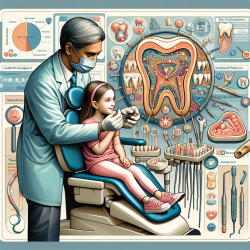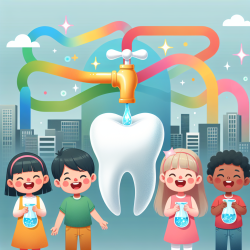Introduction
In recent years, the integration of wellness opportunities into youth services has gained significant attention as a means to enhance mental health and substance use (MHSU) recovery. A study titled Infusing Wellness Opportunities into Integrated Youth Services offers valuable insights into implementing leisure-based activities within Integrated Youth Services (IYS) to promote health and well-being among young people. This blog aims to guide practitioners in enhancing their skills by implementing the outcomes of this research or encouraging further exploration of the topic.
Understanding the Wellness Program
The Wellness Program, as part of the Foundry initiative in British Columbia, Canada, focuses on integrating leisure and recreational activities into youth services. Over a two-year period, 355 unique youth accessed the program, with 1,319 unique visits. The program offered 384 different activities targeting five wellness domains: physical, mental/emotional, social, spiritual, and cognitive/intellectual.
Key findings from the study highlight that nearly 40% of youth identified the Wellness Program as their first point of access to Foundry services, indicating its potential as a gateway to other health services. The majority of participants were young girls/women (58.2%), with a significant portion identifying as gender diverse (22.6%).
Implementing Wellness Opportunities
Practitioners looking to enhance their services can draw inspiration from the phased approach used in the study. Here are some actionable steps:
- Community Asset Development: Assess the needs of youth in your region by conducting environmental scans and surveys to identify gaps and opportunities for wellness activities.
- Program Co-Development: Collaborate with youth, families, and community partners to co-design a curriculum that meets the unique needs of your community.
- Pilot Programs: Launch pilot programs to test and refine the activities, ensuring they are inclusive and accessible to all youth.
- Adaptation to Pandemic Restrictions: Modify programs to adhere to public health guidelines, offering virtual or hybrid options to maintain engagement during challenging times.
- Ongoing Evaluation: Continuously evaluate the program's impact through qualitative and quantitative data collection, using feedback to make necessary improvements.
Encouraging Further Research
While the study provides a comprehensive overview of the Wellness Program's implementation, there is room for further research to explore its long-term impact on youth health outcomes. Practitioners are encouraged to investigate the following areas:
- Longitudinal Studies: Conduct studies to assess the long-term effects of leisure-based activities on mental health and substance use recovery.
- Cost-Effectiveness Analysis: Evaluate the cost-effectiveness of the Wellness Program in reducing wait times and reliance on other mental health services.
- Cross-Cultural Adaptation: Explore how the program can be tailored to different cultural contexts and communities to maximize its impact.
Conclusion
The integration of wellness opportunities into youth services presents a promising approach to enhancing mental health and substance use recovery. By implementing the outcomes of the Infusing Wellness Opportunities into Integrated Youth Services study, practitioners can create more holistic and accessible services for young people. For those interested in delving deeper into the research, the original paper can be accessed here.










